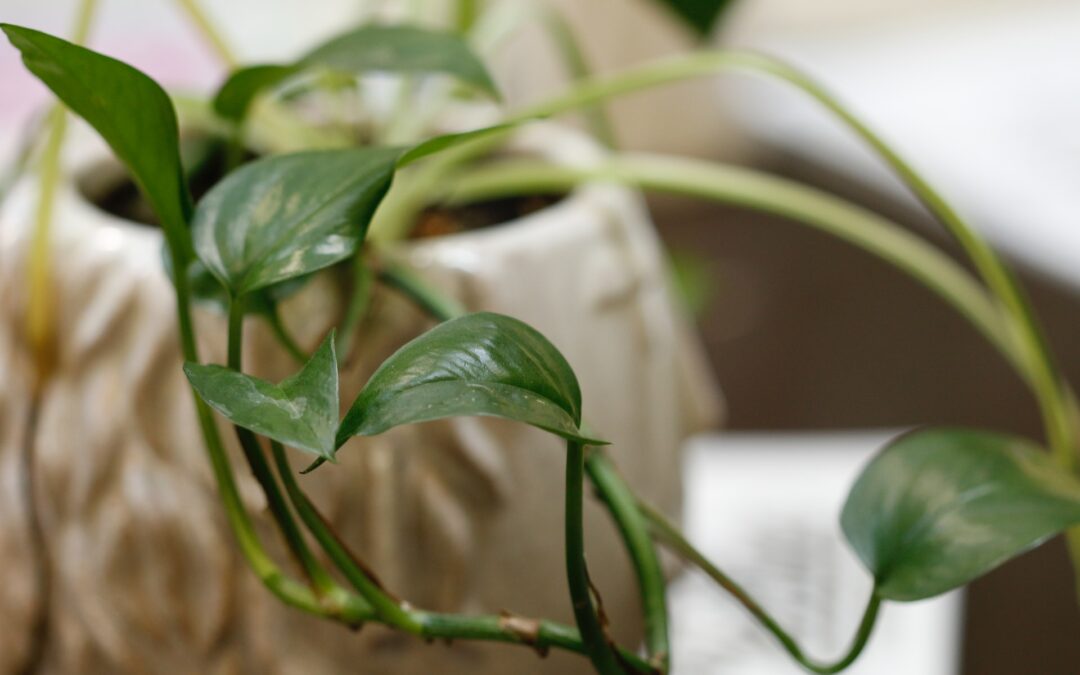The Citrus Superstar: Key Lime Trees
Key lime trees, known scientifically as Citrus aurantiifolia, are small evergreen trees native to Southeast Asia. They have now become popular in other regions, such as the Caribbean, Mexico, and the Southern United States, particularly Florida. The fruit produced by these trees, the Key lime, is famous for its distinctive flavor, which is a delightful balance of sweet and tart. In this article, we will explore the fascinating characteristics of Key lime trees and the many uses of their prized fruit.
A Brief History of the Key Lime
The Key lime tree is believed to have originated in Southeast Asia and was brought to the Americas by Spanish explorers during the 16th century. The tree flourished in the Florida Keys, where the unique climate and soil conditions were perfect for its growth. Over time, the Key lime became synonymous with the region, and the fruit took on the name “Key” lime. In the early 1900s, the Key lime industry suffered a severe setback when a hurricane wiped out most of the lime groves in the Florida Keys. Today, Key lime trees are grown in various parts of the world, including Mexico, the Caribbean, and parts of the United States.
Cultivating Your Own Key Lime Tree
Growing a Key lime tree can be a fun and rewarding experience. These trees are well-suited for warmer climates and can be grown outdoors in USDA Hardiness Zones 9 to 11. However, if you live in a colder region, you can still enjoy the benefits of having a Key lime tree by growing it in a container and bringing it indoors during the colder months.
When choosing a location for your Key lime tree, consider the following factors:
- Sunlight: Key lime trees require full sun for optimal growth and fruit production. Make sure they receive at least 6 to 8 hours of direct sunlight per day.
- Soil: Key lime trees prefer well-draining soil with a pH level between 6.0 and 6.5. Adding organic matter, such as compost, can help improve soil fertility and drainage.
- Water: Regular watering is crucial for the health of your Key lime tree. Keep the soil consistently moist, but not waterlogged. Overwatering can lead to root rot and other diseases.
The Versatile Key Lime Fruit
The Key lime fruit is famous for its culinary versatility. Its unique flavor profile makes it a popular ingredient in various dishes, from sweet desserts to savory main courses. The most iconic recipe featuring Key limes is the classic Key lime pie, which combines the tangy fruit with a sweet and creamy filling in a buttery crust. Key limes are also used to make refreshing drinks, such as limeade and mojitos, and can add a burst of flavor to marinades, dressings, and sauces.
Health Benefits of Key Limes
In addition to their delicious taste, Key limes boast a wealth of health benefits. They are an excellent source of vitamin C, which supports a healthy immune system and promotes collagen production for healthy skin, hair, and nails. Key limes are also rich in antioxidants, which help protect our bodies from free radicals and reduce inflammation.
In Summary
The Key lime tree is a fascinating plant with a rich history and versatile fruit. By learning about its origins, cultivation, and uses, we can appreciate the many benefits this citrus superstar has to offer. Whether you’re growing your own Key lime tree or simply enjoying the delicious fruit, there’s no denying the appeal of this unique citrus variety.

